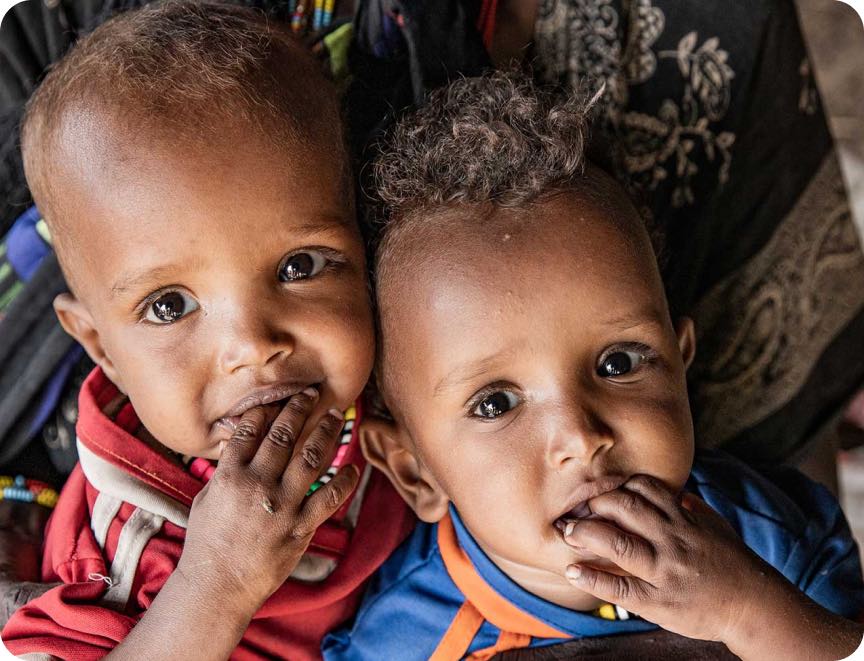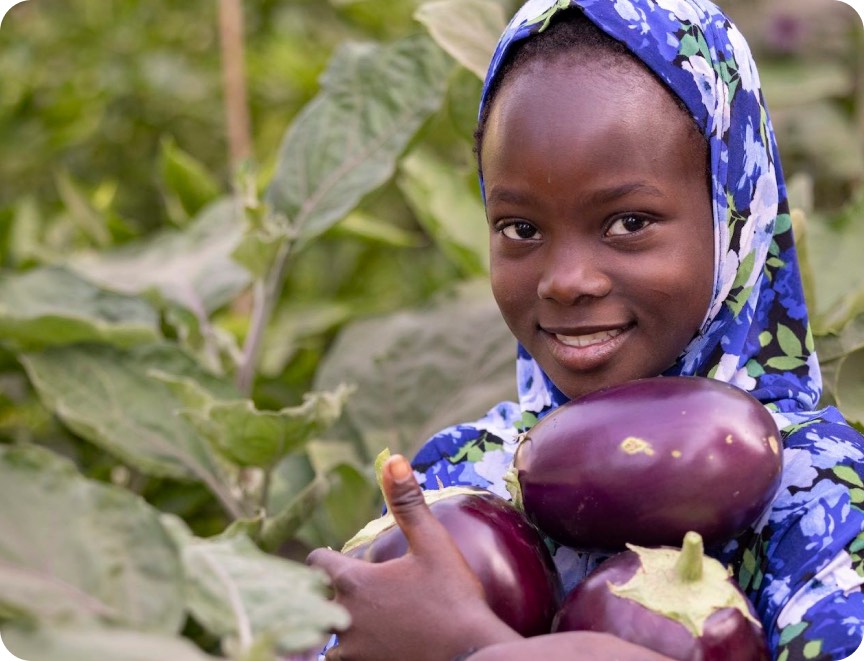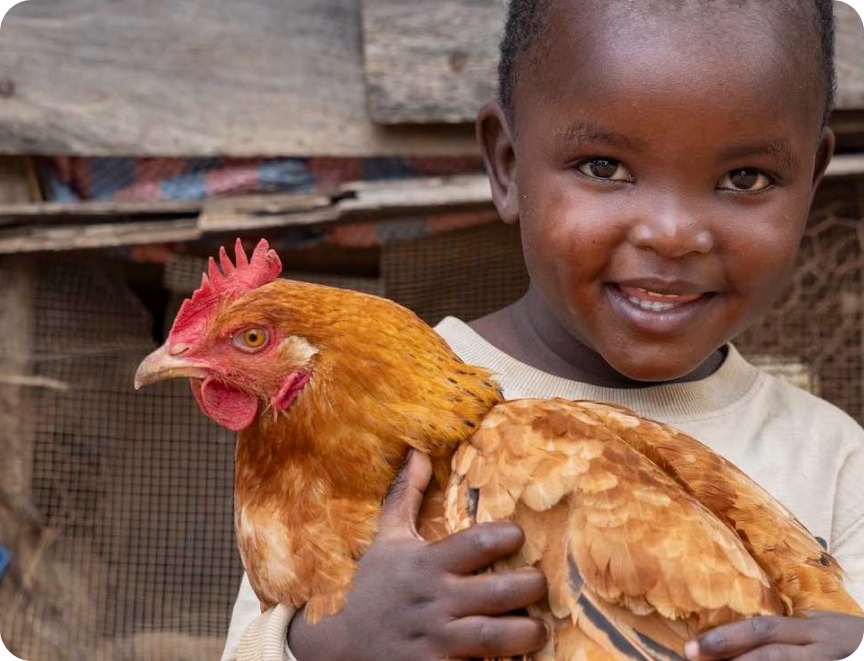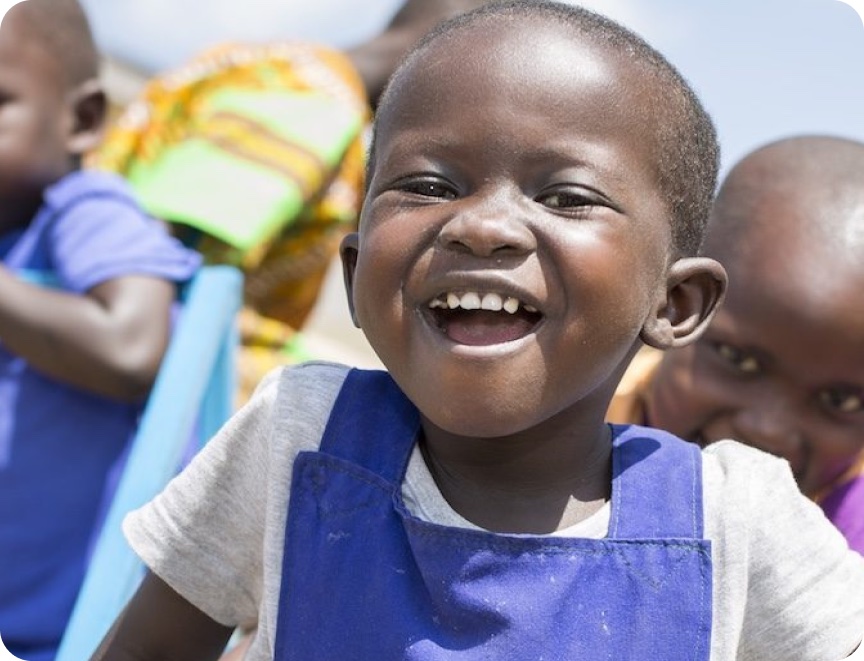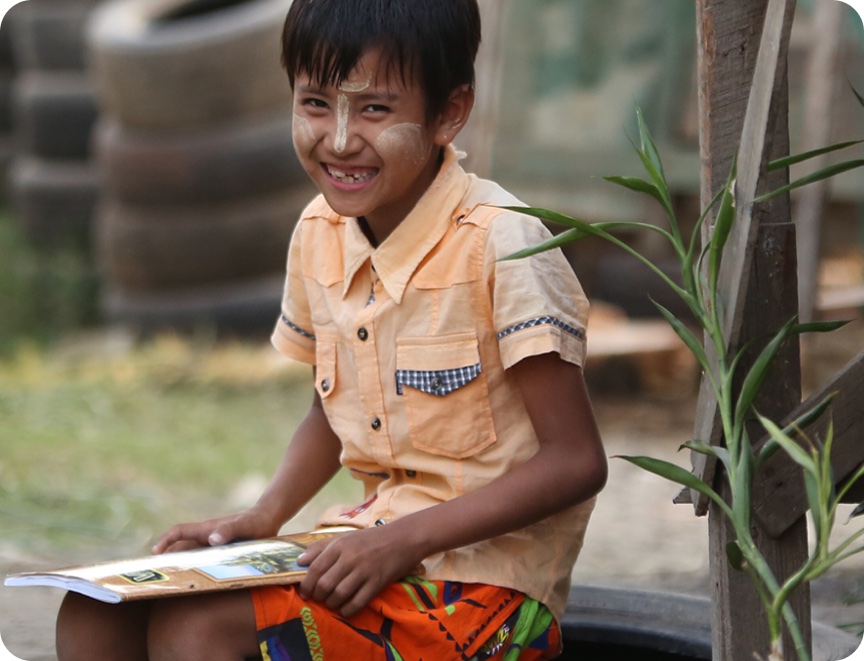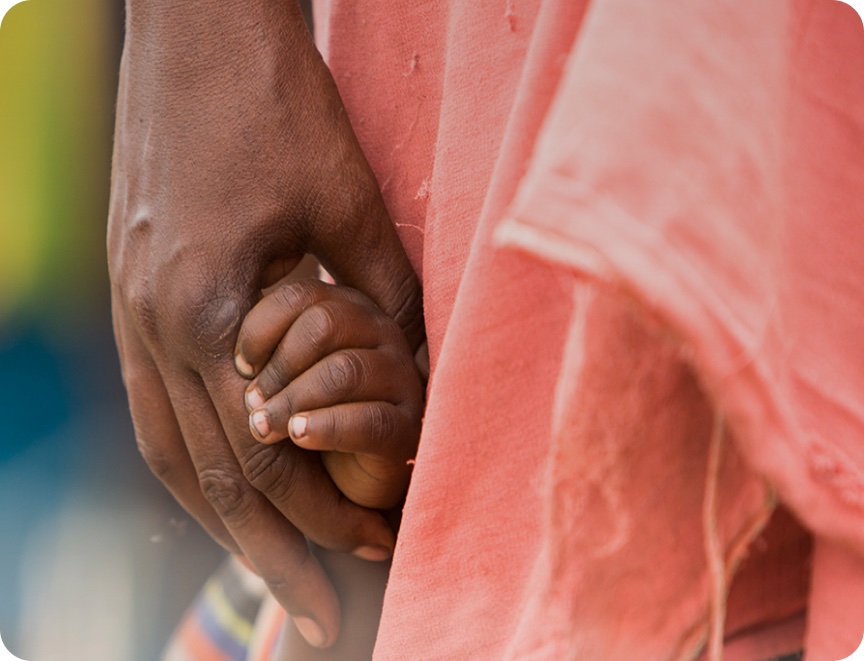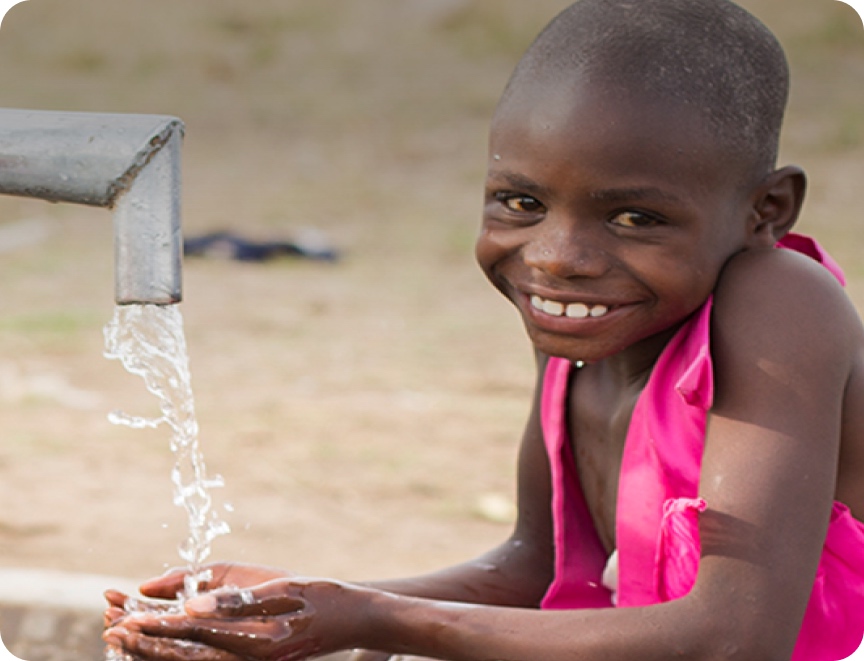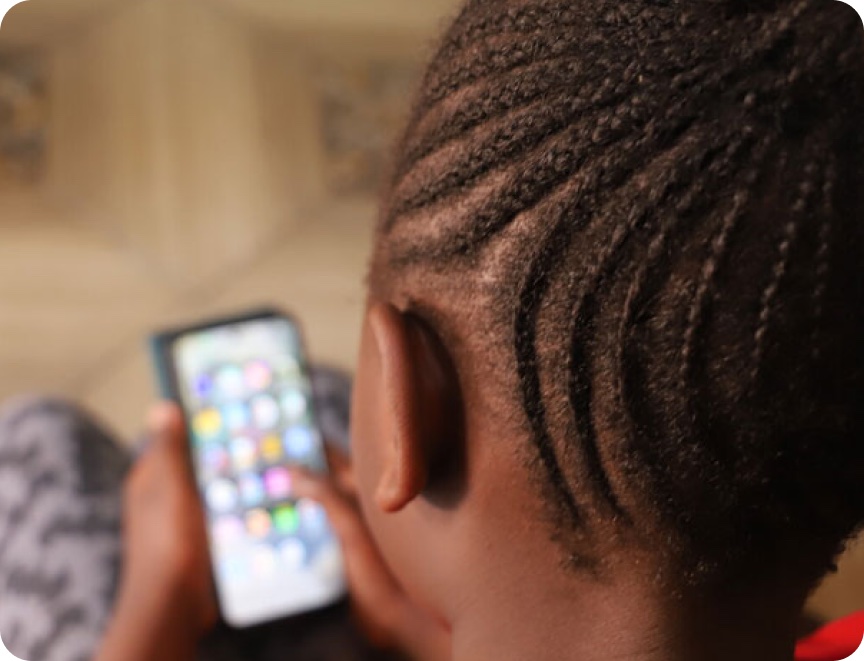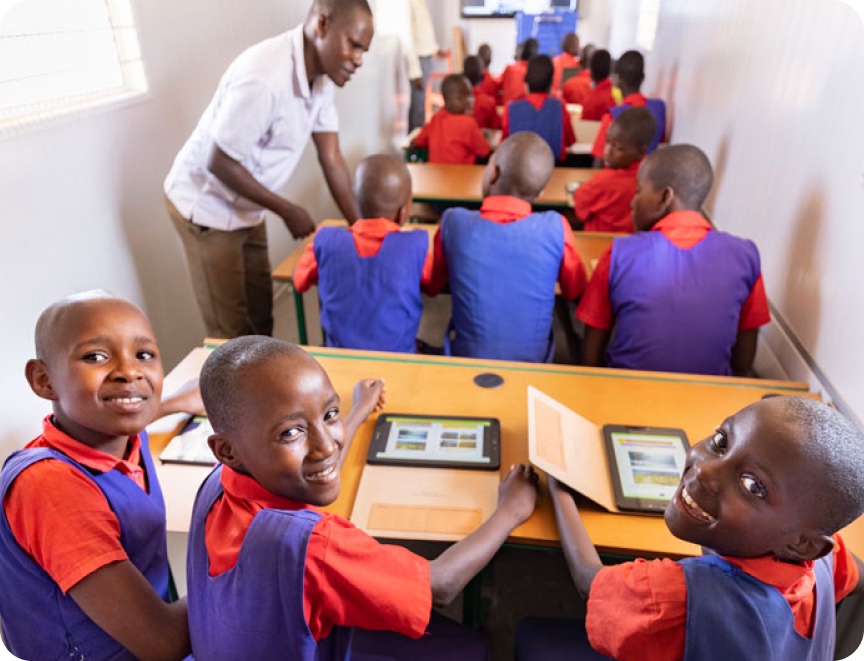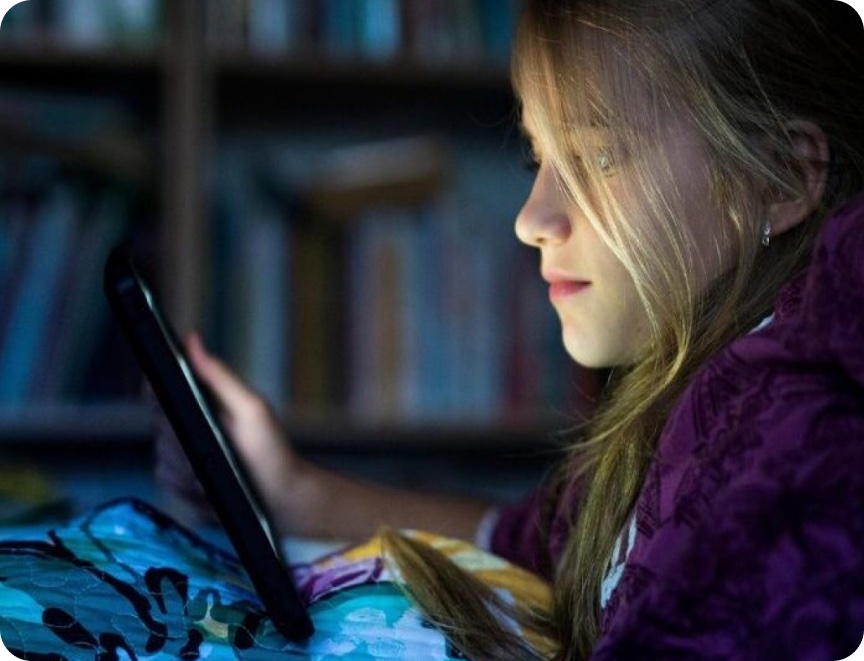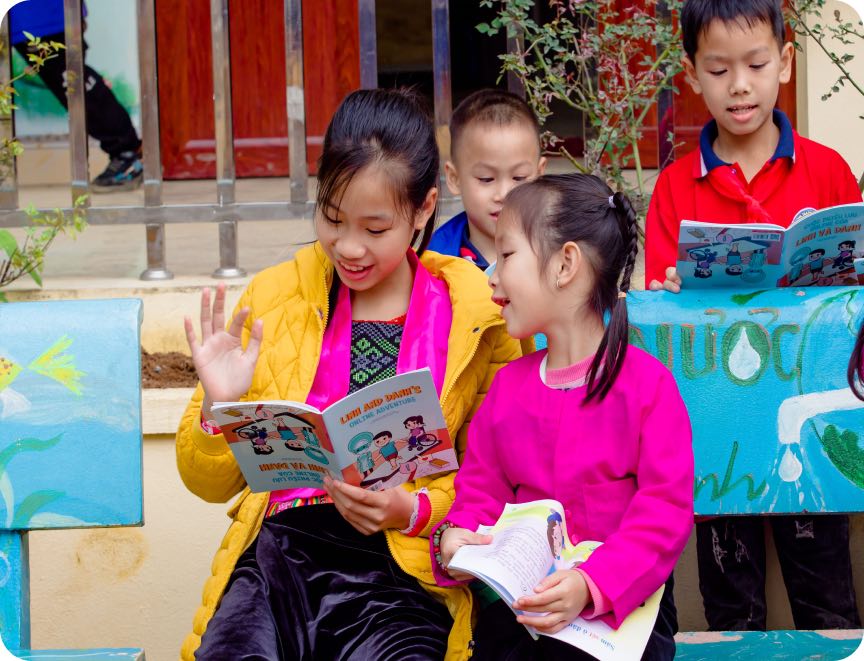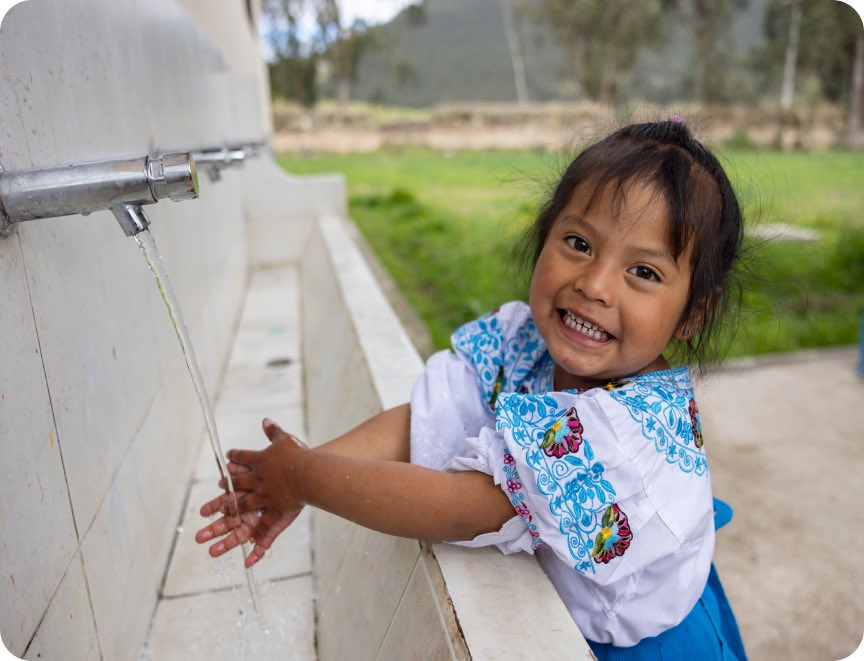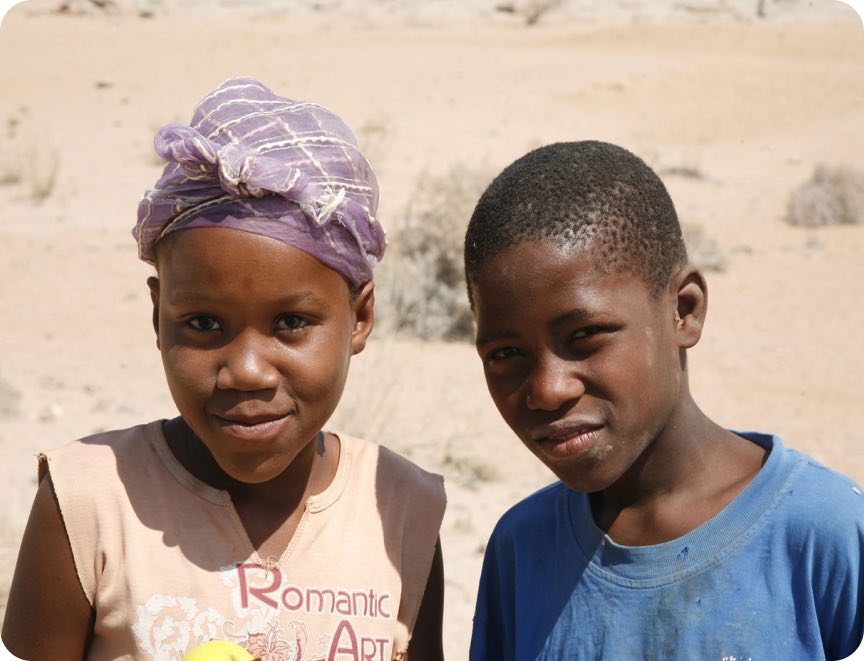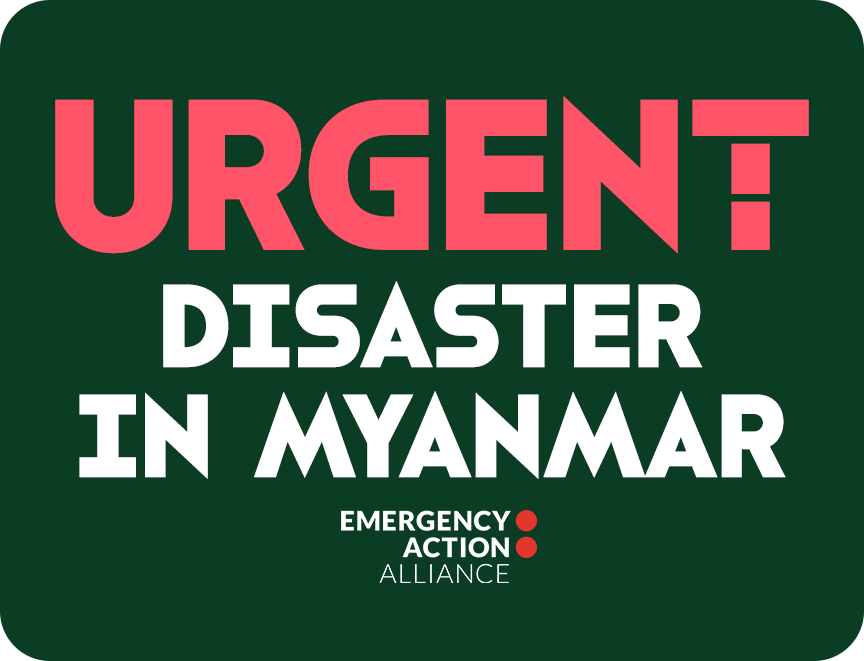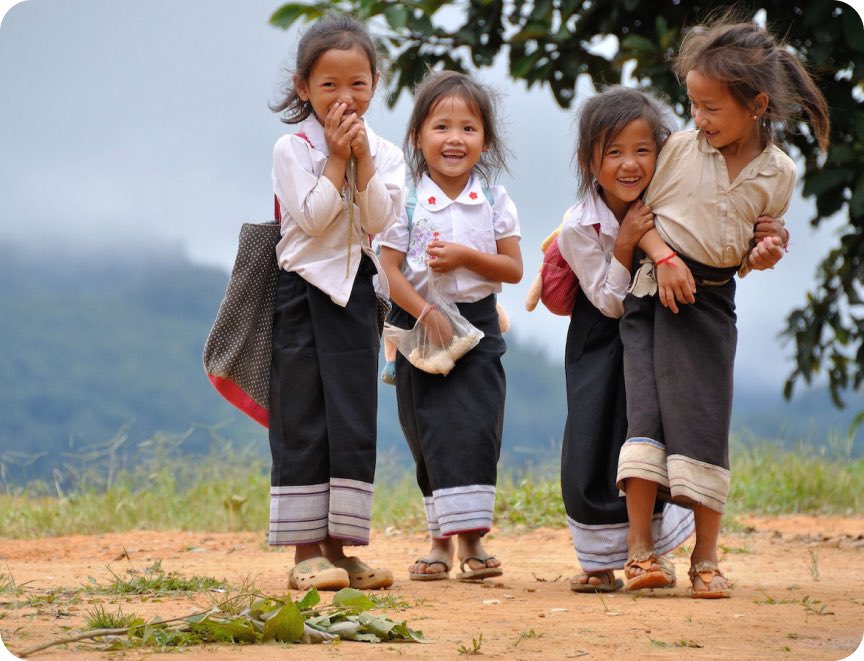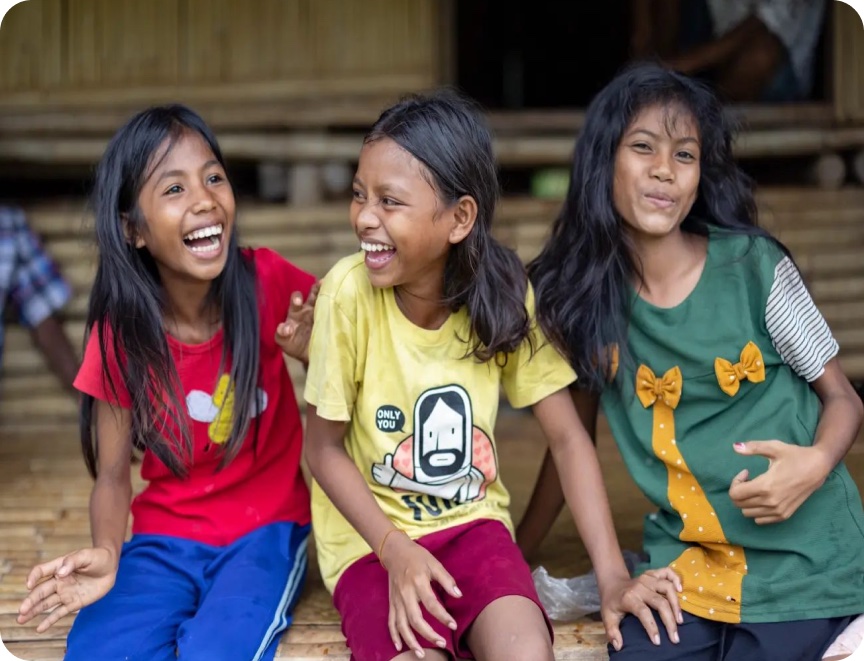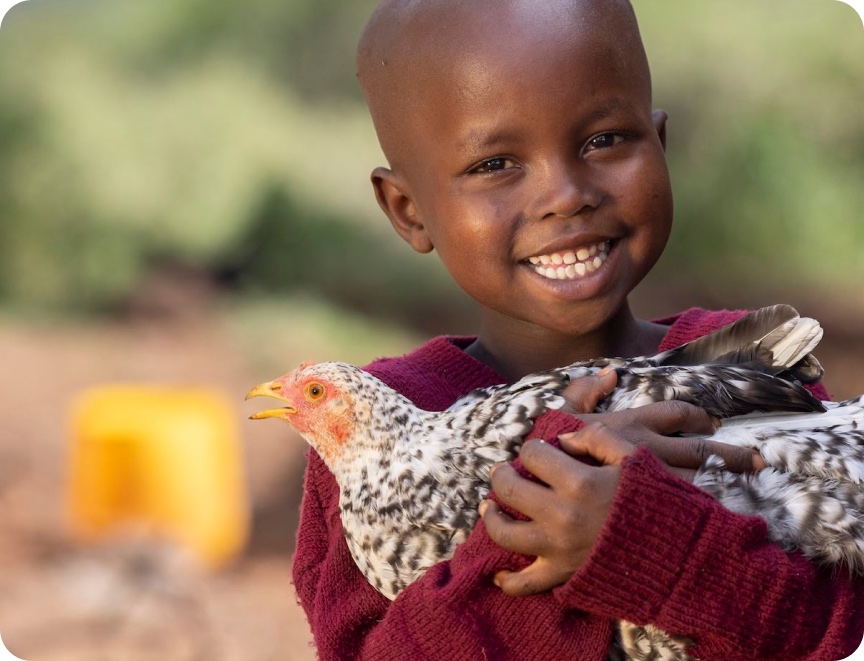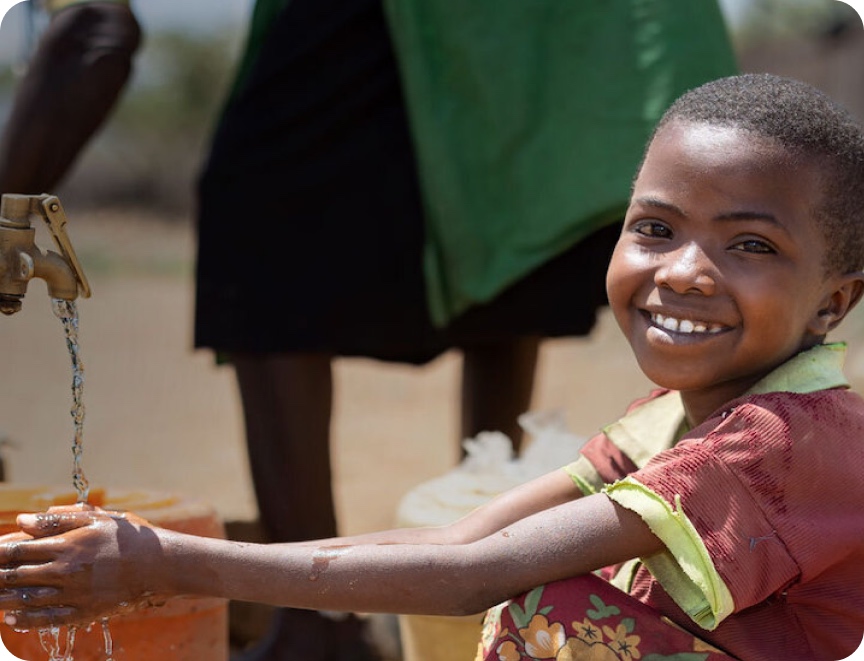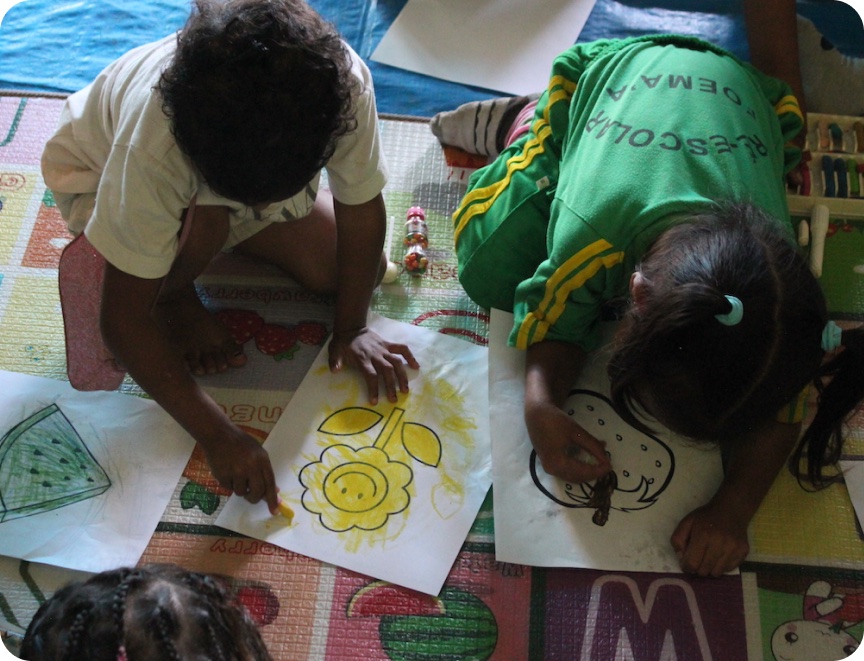Every child has the right to live and thrive in a safe and caring family environment, free from all forms of violence. That’s what the ChildFund Alliance and our other peers believe.
Earlier this month, the governments of Canada and Paraguay co-hosted six child-focused agencies — ChildFund Alliance, Plan International, Save the Children International, SOS Children’s Villages International, UNICEF and World Vision International — at the United Nations headquarters in New York to discuss violence against children and ways to prevent it.
The goal is to make sure children’s rights are a high priority in the Post-2015 Development Agenda, which is set to be agreed upon by United Nations member states in September 2015.
Millions of children experience abuse, neglect, exploitation and violence on a daily basis at home, at school, at work and in their communities. The consequences can be life-long and also spread to other generations; in the worst cases, violence can lead to a child’s death. Violence can also cause economic disadvantages: lost productivity and a reduced quality of life. Most broadly, it has far-reaching costs for society, slowing economic development and eroding nations’ human and social capital.
During the eighth session of the intergovernmental Open Working Group on Sustainable Development Goals, the governments of Canada and Paraguay co-hosted A World Without Violence Against Children along with coordination from the six agencies.
ChildFund Alliance, for one, has taken a stand to advocate for children’s issues particularly freedom from violence and exploitation to be included in the UN’s post-2015 development agenda. This is a once-in-a-generation opportunity to bring the prevention and responses to violence against children to the debate about the UN’s future priorities, which affect its work in the countries where ChildFund and other agencies work.
Jim Emerson, secretary general of the Alliance, thanked the co-hosts, participating children and the speakers. He highlighted the pervasive presence of violence against children, and the importance of the post-2015 development agenda addressing this issue.
“But it’s not just our organisations saying this,”Emerson noted. “Most importantly, this is a call from children all over the world. Children are asking for an end to physical and humiliating punishment; sexual violence and abuse; harmful child work and child marriage; trafficking and other harmful practices.”
Worldwide, almost half of all children experience some form of physical violence before the age of eight; 115 million children are involved in hazardous work; and more than 200 million children are subject to sexual abuse.
Migena, an Albanian girl who participated in a post-2015 consultation in her home country, organised by SOS Children’s Villages International, also joined the meeting via Skype. She highlighted the need for the next generation of development goals to address the different forms of violence, exploitation and abuse against children, as well as the importance of children’s participation in the process. Raising awareness in communities and getting state agencies more involved in regions where violence occurs are equally important, Migena said. “Children are going to rule the world in the future,” she concluded.
Canada’s and Paraguay’s UN ambassadors both spoke about their countries’ work to bring children’s issues to the attention of the UN work group, and their speeches were followed by a panel discussion moderated by Al Jazeera English journalist Femi Oke. The panelists also answered questions from the audience in New York and online.
The panelists, among them UNICEF’s chief of child protection, the UN secretary-general’s special representative on violence against children and the World Health Organisation representative to the UN, discussed many aspects of this issue. Susan Bissell of UNICEF noted that it’s important to communicate the fact that violence against children is preventable and that there are concrete solutions to the problem, drawing on successful programs from around the world. She also pointed out that the reduction of child mortality rates could be offset in the future by violence against children.
Marta Santos Pais, the UN secretary-general’s representative, added that she hears children in many countries talking about how fear defines their lives. Werner Obermeyer of WHO called attention to links between violence against children and other types of violence, which often lead to risk-taking attitudes that cause declines in health.
ChildFund’s Jim Emerson highlighted the importance of this issue for development and remarked that violence against children has a series of economic implications that transcend the direct costs of responding to it. Evidence shows that prevention is much more cost-effective than response.
Santos Pais also read a statement of support from the UN’s Committee on the Rights of the Child, urging governments to make the protection of children from all forms of violence a high priority goal on the post-2015 agenda, as an issue of utmost international as well as national importance.


